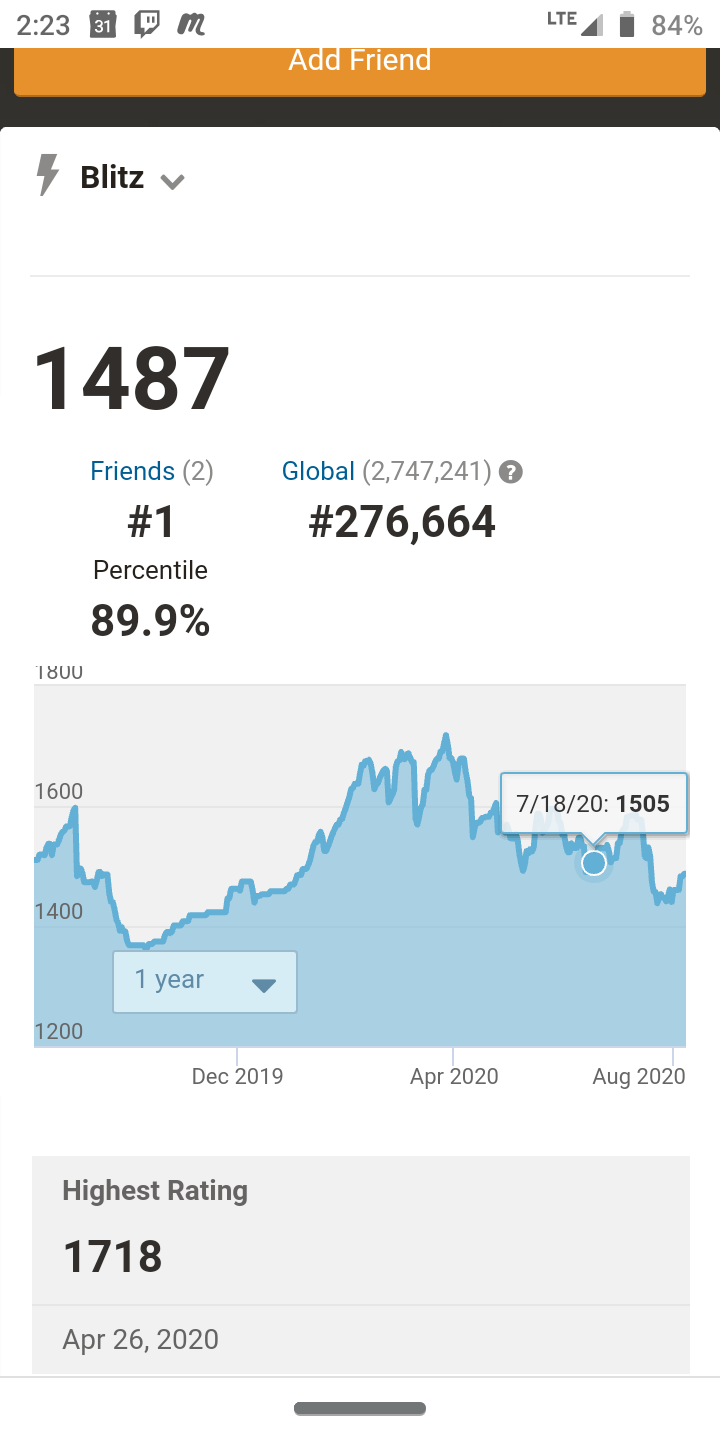When is Chess.com going to adjust their Elo ratings to account for deflation? This is a known phenomenon that occurs as newbies improve and spend down the rating points of established players. It appears to me that the blitz ratings distribution is about 250-300 points lower on chess.com vs USCF or other sites.
See https://www.chess.com/blog/SmarterChess/are-chess-com-ratings-the-most-accurate
NM Smarterchess judges chess.com ratings to be closest to USCF ratings.
There was no talk of deflation.
Are you concerned that 231 point drop in your blitz rating since April was caused by deflation caused by the influx of new players?

When is Chess.com going to adjust their Elo ratings to account for deflation? This is a known phenomenon that occurs as newbies improve and spend down the rating points of established players. It appears to me that the blitz ratings distribution is about 250-300 points lower on chess.com vs USCF or other sites.